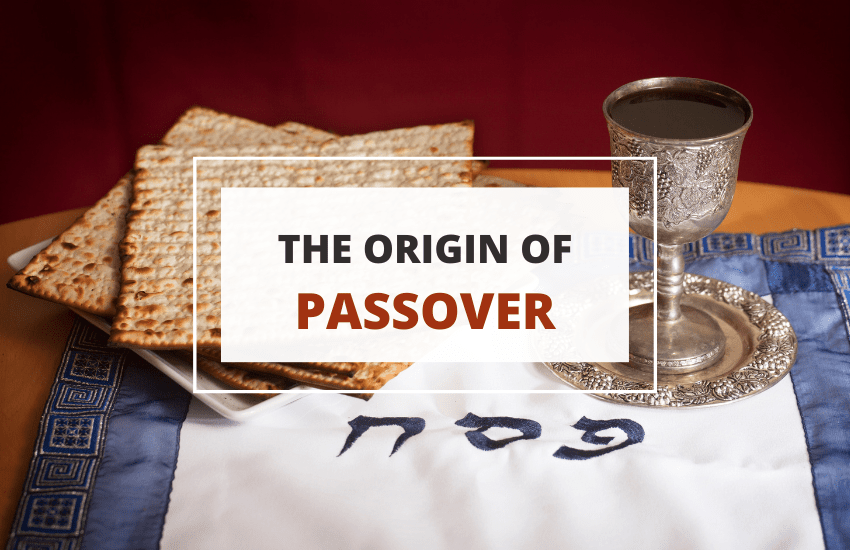
Table of Contents
Passover is a Jewish holiday that commemorates the liberation of the Israelites from slavery in ancient Egypt. There are several traditions to consider, from conducting a Seder to begin the holiday with a ritual feast to forbidding the consumption of leavened foods.
This tradition can vary depending on how traditional a family is or where the family is from, but some things never change. Passover is observed annually in the spring and is an important holiday in the Jewish faith.
In this article, we’ll take a closer look at the history and origin of this Jewish holiday as well as the various traditions that are practiced.
The Origin of Passover
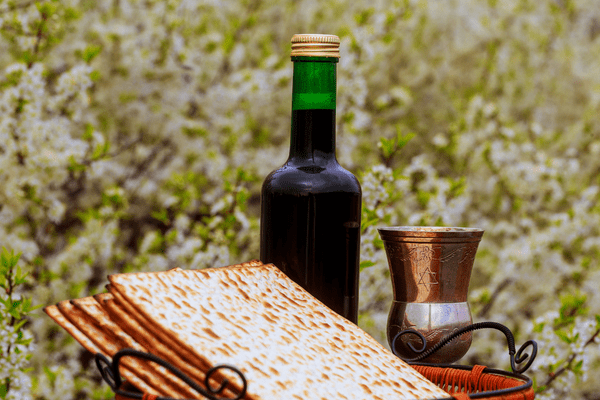
The holiday of Passover, also known as Pesach in Hebrew, originated in ancient times as a celebration of the Israelites’ liberation from slavery in Egypt. According to the Bible, God sent Moses to lead the Israelites out of Egypt and into the Promised Land.
As the Israelites prepared to leave, God commanded them to slaughter a lamb and smear its blood on their doorposts as a sign to the angel of death to pass over their homes. This event is referred to as the “Passover,” and it’s remembered and celebrated each year during this holiday.
During the Passover Seder, a special meal that includes the retelling of the story of the Exodus, Jews recall the events of the Passover and celebrate their freedom and liberation. The holiday is observed by abstaining from eating leavened bread and instead eating matzo, a type of unleavened bread, to remember the haste with which the Israelites left Egypt. Passover is a highly significant holiday in the Jewish faith and is observed annually in the spring.
The Story of Passover
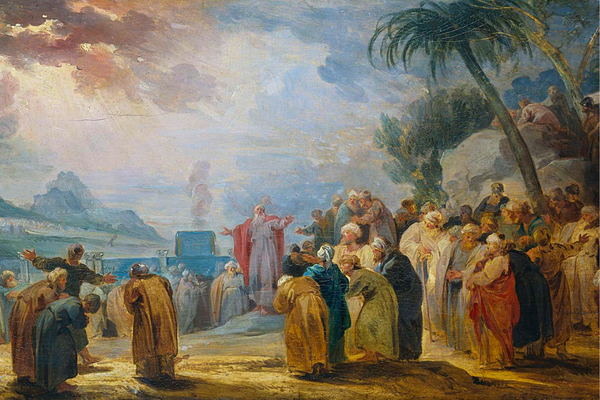
According to the story, the Israelites had been living in Egypt for many years as slaves. They subjected to harsh treatment and forced labor by the Pharaoh and his officials. God heard the Israelites’ cries for help and chose Moses to lead them out of Egypt and into the Promised Land.
Moses went to Pharaoh and demanded that he let the Israelites go, but Pharaoh refused. God then sent a series of plagues upon the land of Egypt as a punishment for Pharaoh’s refusal. The final plague was the death of the firstborn son in each household. To protect themselves, the Israelites were instructed to sacrifice a lamb and smear its blood on their doorposts as a sign to the angel of death to ‘pass over’ their homes, so that their children would be untouched.
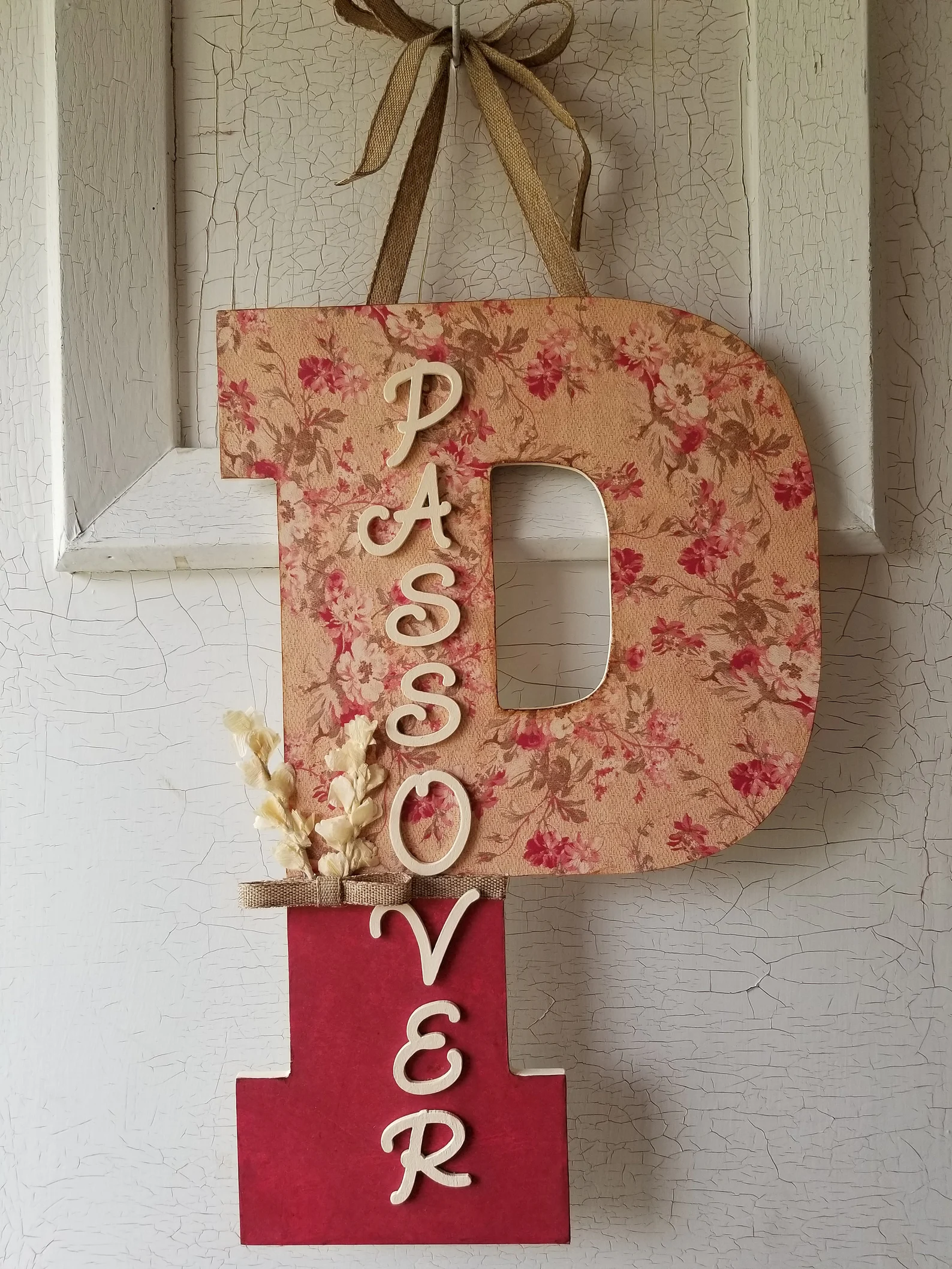
That night, the angel of death went through the land of Egypt and killed the firstborn son of every household that did not have the blood of the lamb on its doorposts.
Pharaoh was finally convinced to let the Israelites go, and they left Egypt in a hurry, taking with them only unleavened bread, as there was not enough time for the dough to rise. After being set free from slavery, the Israelites spent 40 years wandering in the desert before finally reaching the promised land.
This story of Passover has become the highlight of the celebration. Modern families continue to commemorate this on the day that will fall the same on the Hebrew calendar. Jews also observe Passover customs for seven days in Israel or eight days elsewhere around the world.
Passover Traditions and Practices
Passover or ‘Pesach’ is celebrated by abstaining from leavened goods and commemorated with the Seder feasts, which feature cups of wine, matzah, and bitter herbs, as well as the reciting of the Exodus story.
Let’s dive into the customs and practices of Passover to understand its significance.
Cleaning of the House

During the holiday of Passover, it’s traditional for Jews to perform a thorough cleaning of their homes in order to remove all traces of leavened bread, also known as chametz. Chametz is a symbol of slavery and oppression, and it’s not allowed to be consumed or even owned during the holiday. Instead, Jews eat matzo, a type of unleavened bread, as a symbol of the haste with which the Israelites left Egypt.
To prepare for the holiday, Jews typically go through their homes and remove all chametz, either by eating it, selling it, or disposing of it. This includes not only bread and other baked goods, but also any food products made from wheat, barley, oats, rye, or spelt that have come into contact with water and have had the opportunity to rise. The process of searching for and removing chametz is known as “bedikat chametz,” and it’s typically done on the evening before the first night of Passover.
During the holiday, it’s also traditional to use separate dishes, utensils, and cookware for Passover, as these items may have come into contact with chametz. Some Jews also have a separate kitchen or designated area in their home for preparing Passover meals.
The Seder
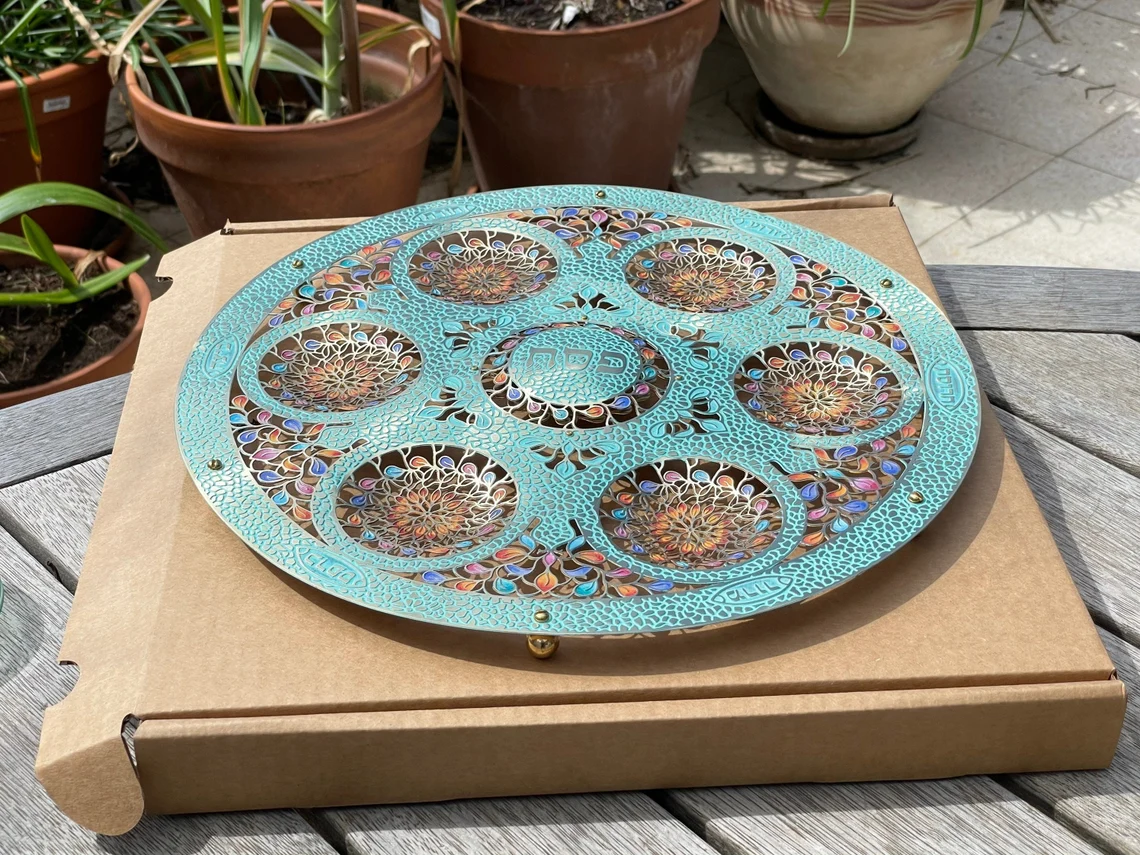
The Seder is a traditional meal and ritual that’s observed during the holiday of Passover. It’s a time for families and communities to come together and retell the story of the Israelites’ liberation from slavery in ancient Egypt. The Seder is conducted on the first and second nights of Passover (in Israel, only the first night is observed), and is a time for Jews to celebrate their freedom and their heritage.
The Seder is structured around a set of ritual practices and the recitation of prayers and texts from the Haggadah, a book that tells the story of the Exodus and provides guidance on how to conduct the Seder.
It’s led by the head of the household, and it involves a variety of activities, including the blessing of wine and matzo, the reading of the Haggadah, and the retelling of the story of the Exodus.
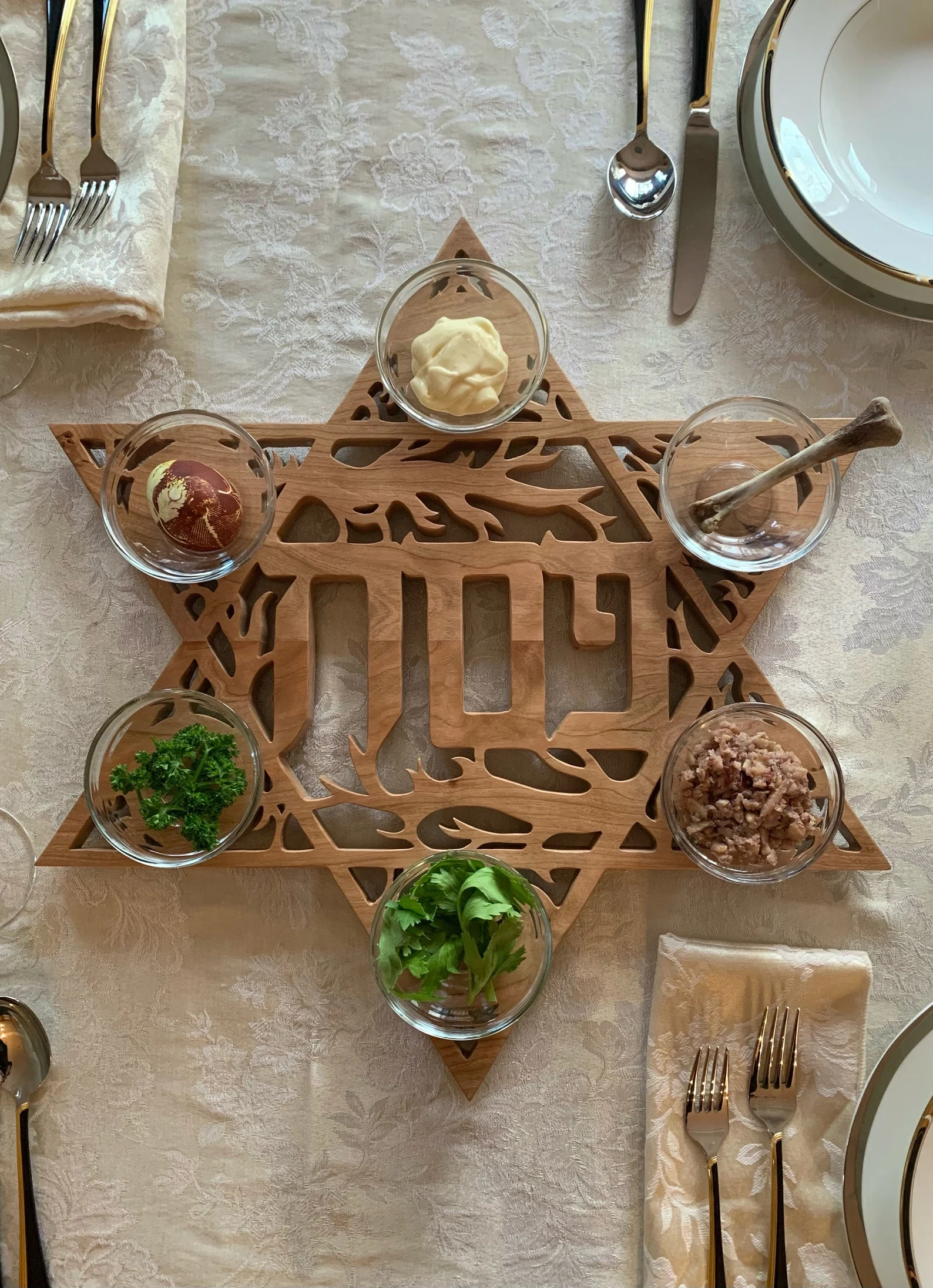
During the Seder, Jews also eat a variety of symbolic foods, including matzo, bitter herbs, and charoset (a mixture of fruit and nuts).
Each food represents a different aspect of the story of the Exodus. For example, the bitter herbs represent the bitterness of slavery, and the charoset represents the mortar used by the Israelites to build the Pharaoh’s cities.
The Seder is an important and meaningful tradition in the Jewish faith, and it is a time for families and communities to come together and remember the events of the past and celebrate their freedom and heritage.
Each of the six foods on the Seder plate has a particular significance concerning the Passover story.
1. Charoset
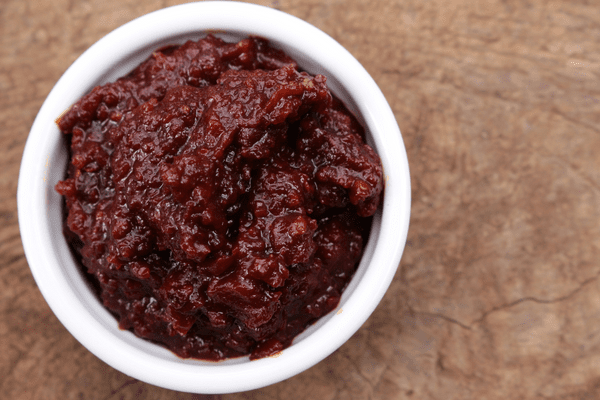
Charoset is a sweet, thick paste made from a mixture of fruits and nuts, and is typically made by grinding apples, pears, dates, and nuts together with wine or sweet red grape juice. The ingredients are mixed together to form a cohesive mixture that is then shaped into a ball or placed in a bowl.
Charoset is an important part of the Seder meal and is symbolic of the mortar used by the Israelites to build the Pharaoh’s cities when they were slaves in ancient Egypt. The sweet, fruity flavor of the charoset is meant to contrast with the bitter herbs that are also traditionally served during the Seder and is often used as a condiment for the matzo, a type of unleavened bread that is eaten during Passover.
2. Zeroah
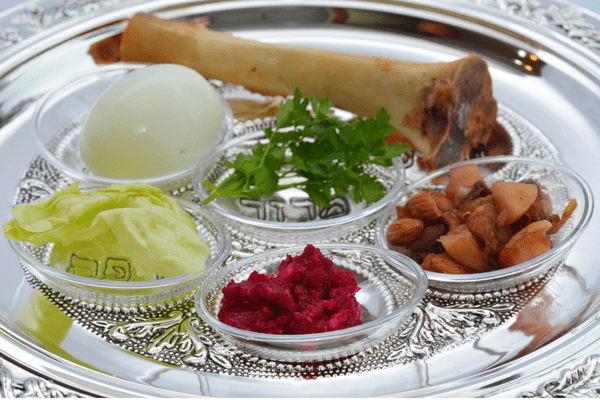
Zeroah is a roasted lamb or beef shank bone that is placed on the Seder plate as a symbol of the Passover sacrifice. The zeroah is not eaten, but rather serves as a reminder of the lamb whose blood was used to mark the doorposts of the Israelites’ homes as a sign to the angel of death to pass over during the final plague of Egypt.
3. Matzah
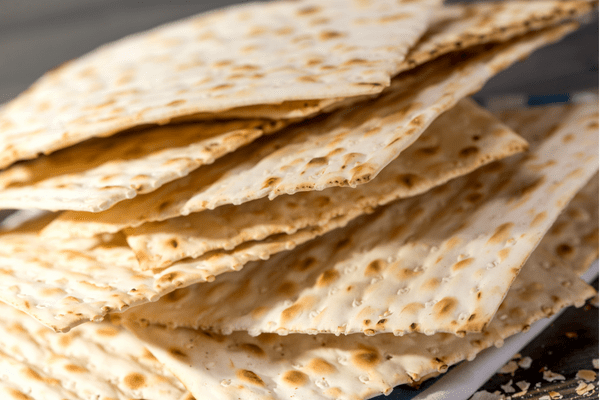
Matzah is made from flour and water, and it is baked quickly to prevent the dough from rising. It’s typically thin and cracker-like in texture and has a distinctive, slightly bitter taste. Matzah is eaten in place of leavened bread during Passover as a reminder of the haste with which the Israelites left Egypt, as there was not enough time for the dough to rise.
4. Karpas
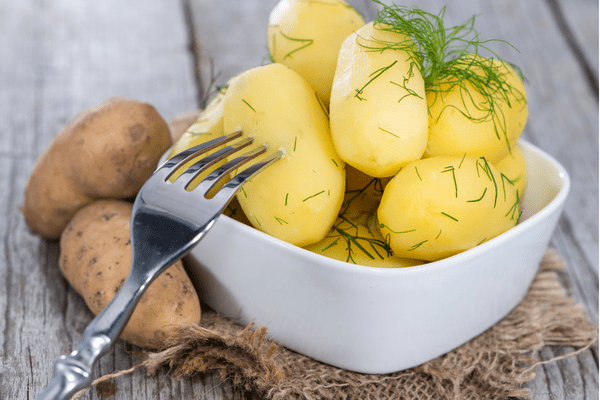
Karpas is a vegetable, usually parsley, celery, or boiled potato, that’s dipped in salt water and then eaten during the Seder.
The saltwater represents the tears of the Israelites during their time of slavery in Egypt, and the vegetable is meant to symbolize the new growth and renewal of spring. Karpas is typically eaten early in the Seder, before the main meal is served.
5. Maror
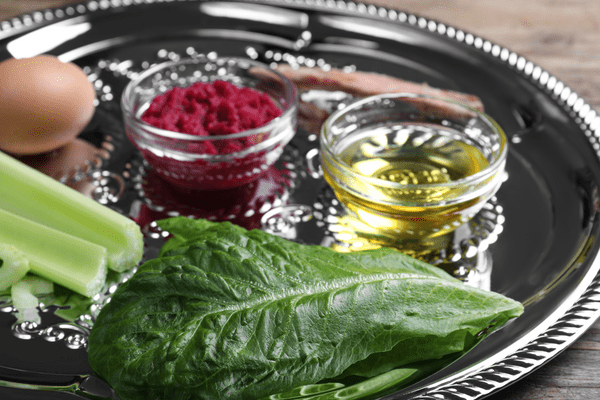
Maror is a bitter herb, usually horseradish or romaine lettuce, that’s eaten during the Seder to symbolize the bitterness of slavery experienced by the Israelites in ancient Egypt.
It is usually eaten in combination with charoset, a sweet, fruit and nut mixture, to symbolize the contrast between slavery and freedom. It’s eaten early in the Seder, before the main meal is served.
6. Beitzah
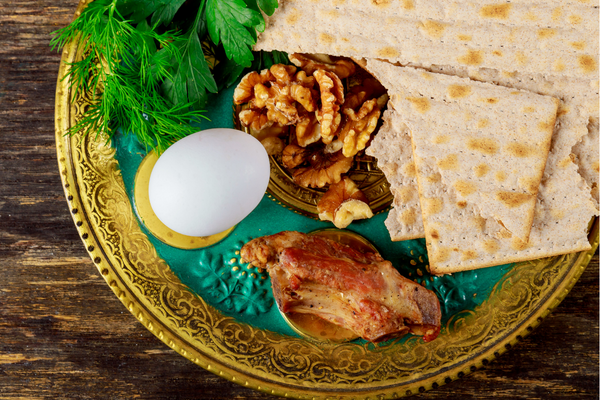
Beitzah is a hard-boiled egg that’s placed on the Seder plate and is symbolic of the Passover sacrifice. It’s not eaten, but rather serves as a reminder of the Temple offerings that were made in ancient times.
The beitzah is typically roasted and then peeled before being placed on the Seder plate. It’s often accompanied by other symbolic foods, such as zeroah (a roasted lamb or beef shank bone) and karban (a roasted chicken bone).
The Afikomen
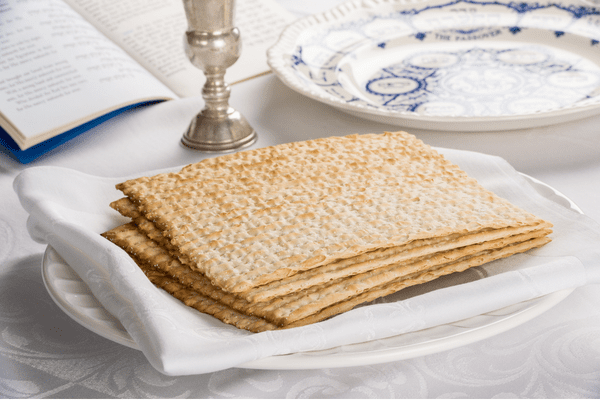
The afikomen is a piece of matzo that is broken in half and hidden during the Seder. One half is used as part of the Seder ritual, and the other half is saved for later in the meal.
During the Seder, the afikomen is typically hidden by the head of the household, and the children are encouraged to search for it. Once it’s found, it’s typically exchanged for a small prize or some money. The afikomen is then traditionally eaten as the last food of the Seder, after the main meal has been finished.
The afikomen tradition is believed to have originated in ancient times to keep the children attentive and engaged during the lengthy Seder ritual. It has become a beloved and integral part of the Passover celebration for many Jewish families.
Spilling a Drop of Wine
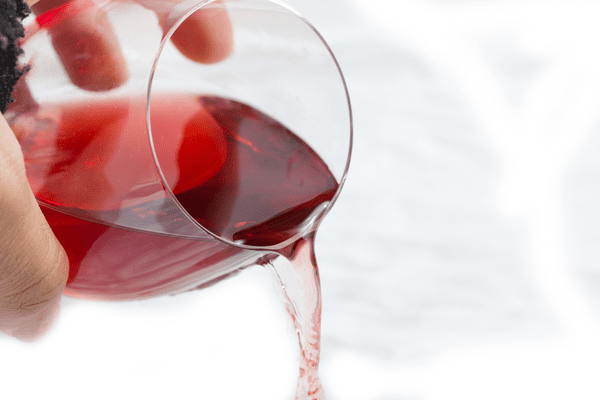
During the Seder, it’s traditional to spill a drop of wine from one’s cup at certain points in the ritual. This tradition is known as “karpas yayin” or “maror yayin,” depending on whether the drop of wine is spilled while eating the karpas (a vegetable dipped in salt water) or the maror (a bitter herb).
The spilling of the wine is done as a sign of mourning for the suffering of the Israelites during their time of slavery in ancient Egypt. It’s also a reminder of the 10 plagues that God inflicted upon the Egyptians in order to persuade Pharaoh to release the Israelites from slavery.
The act of spilling a drop of wine is meant to symbolize the loss and suffering of the Israelites, as well as the joy of their eventual liberation.
The Cup of Elijah
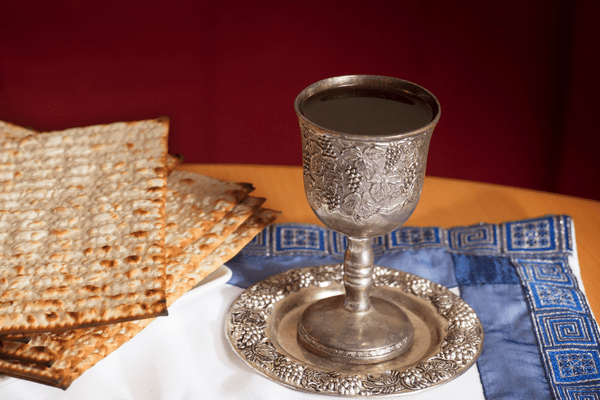
The Cup of Elijah is a special cup of wine that’s set aside and not consumed during the Seder. It’s placed on the Seder table and is filled with wine or grape juice.
The Cup is named after the prophet Elijah, who’s believed to be a messenger of God and a defender of the Jewish people. According to tradition, Elijah will come to announce the arrival of the Messiah and the redemption of the world.
The Cup of Elijah is left on the Seder table as a sign of hope and anticipation for Elijah’s arrival and the coming of the Messiah.
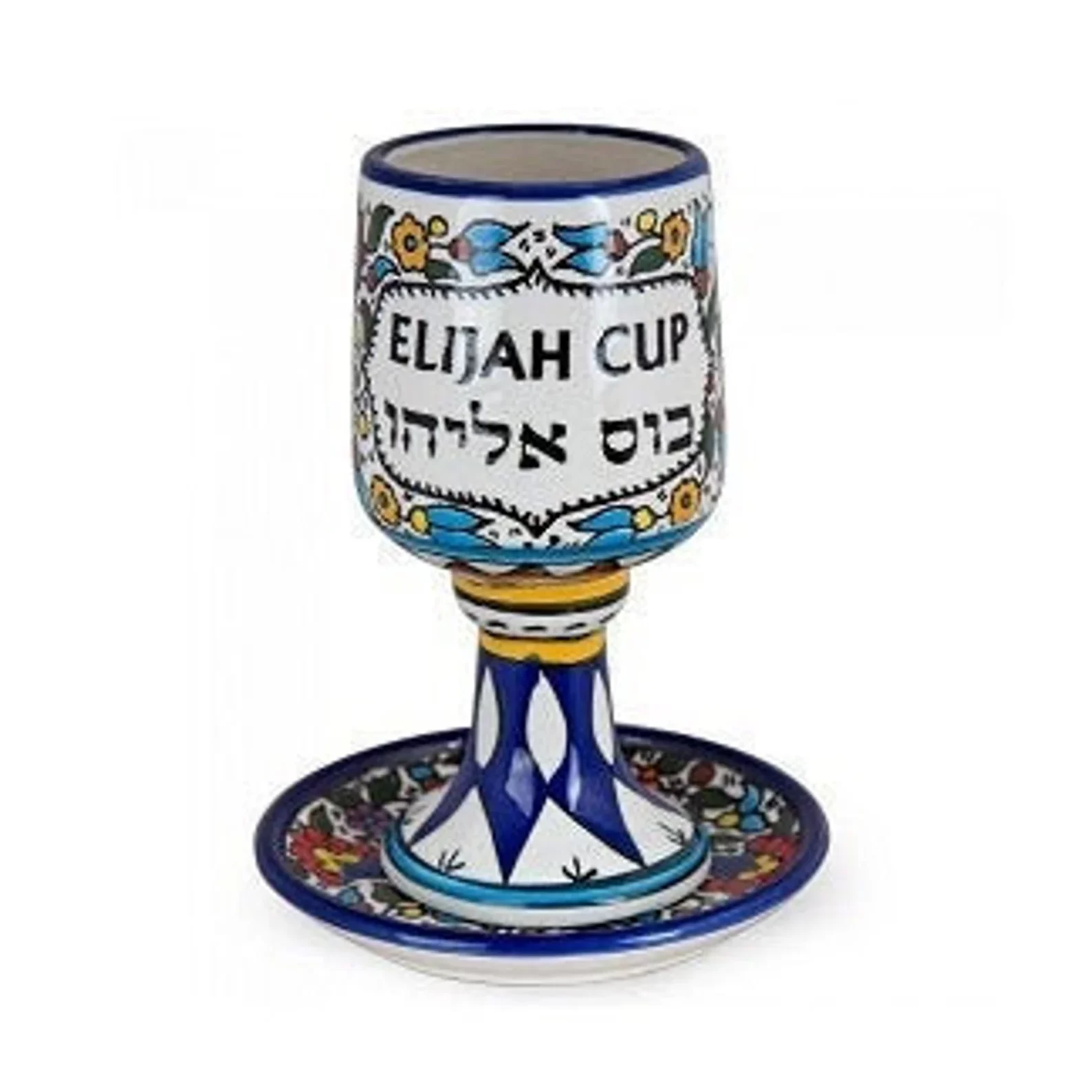
During the Seder, the door of the house is traditionally opened in order to symbolically welcome Elijah. The head of the household then pours a small amount of the wine from the Cup into a separate cup and leaves it outside the door as an offering for Elijah. The Cup of Elijah is a significant and meaningful tradition in the Jewish faith and is an integral part of the Passover celebration.
Passover FAQs
Passover is a Jewish holiday that commemorates the liberation of the Israelites from slavery in ancient Egypt.
In the Christian tradition, Passover is remembered as the time when Jesus celebrated the Seder with his disciples before his death and resurrection. The story of the Passover and the liberation of the Israelites from slavery is seen as a foreshadowing of Jesus’ own sacrifice and redemption of humanity.
According to the New Testament, Jesus was crucified on the day of Passover.
The key message of Passover is one of liberation and freedom from oppression.
The four promises of Passover are:
1) I will free you from slavery
2) I will protect you from danger
3) I will provide for you
4) I will bring you to the Promised Land.
Passover is celebrated for seven days because it is believed to be the length of time that the Israelites spent wandering in the desert after being liberated from slavery in ancient Egypt. The holiday is also traditionally observed for seven days to commemorate the seven plagues that God inflicted upon the Egyptians to persuade Pharaoh to release the Israelites from slavery.
Wrapping Up
Passover is a celebration that perfectly illustrates the history of persecution that the Jewish people have experienced. It’s a time for families and communities to come together and remember the events of the past and celebrate their freedom and heritage. It’s an important and meaningful part of the Jewish tradition.








